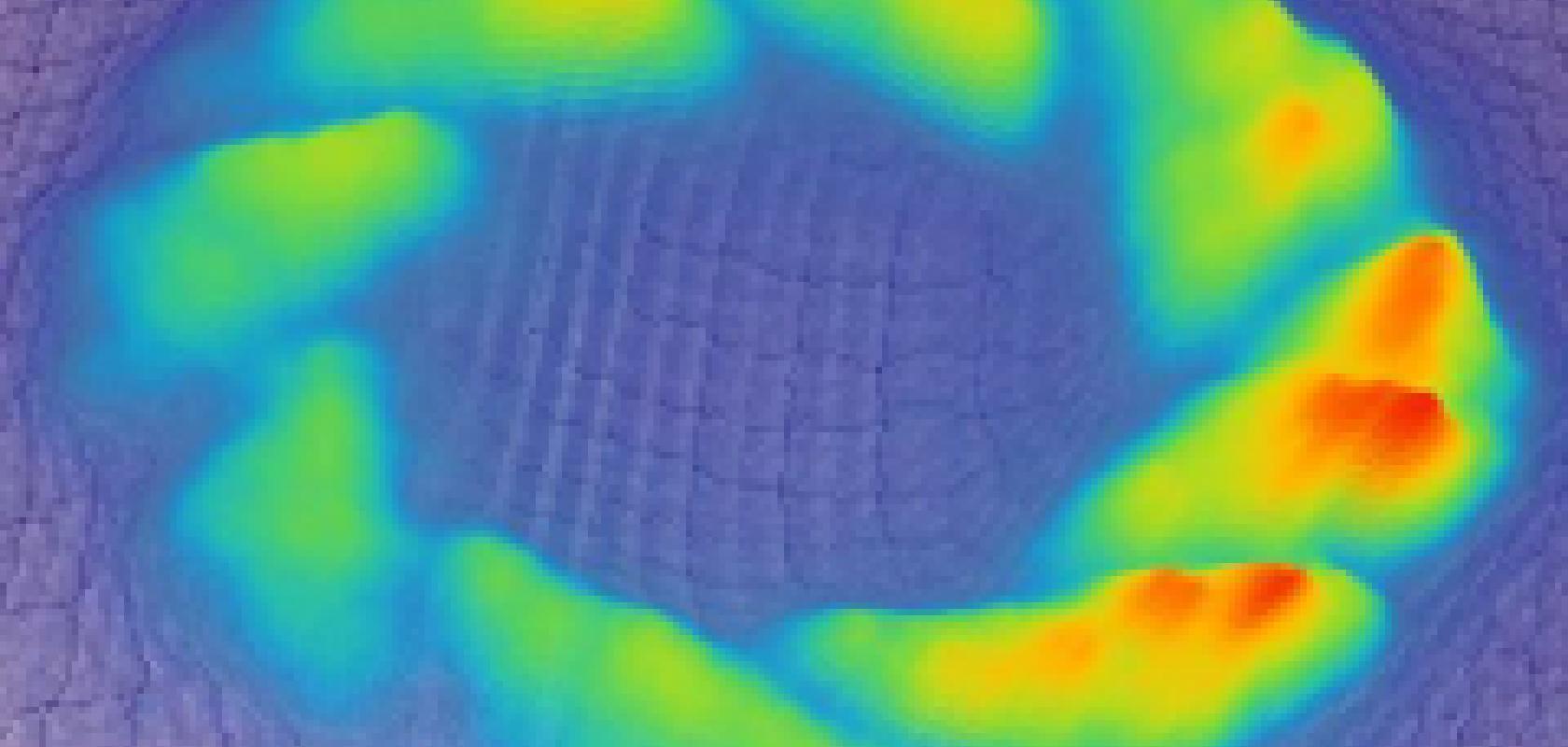Ultra-fast, high-resolution imaging in real time could be a reality with a research discovery led by the University of Melbourne in Australia.
In work published in Nature Communications, researchers from the University of Melbourne and the ARC Centre for Excellence in Coherent X-ray Science have demonstrated that ultra-short durations of electron bunches generated from laser-cooled atoms can be both very cold and ultra-fast.
Lead researcher Robert Scholten said the surprising finding was an important step towards making ultrafast high-resolution electron imaging a reality. He said the finding would enhance the ability of scientists in labs to create high-quality snapshots of rapid changes in biological molecules and specimens.
'Electron microscopy, which uses electrons to create an image of a specimen or biological molecule has revolutionised science by showing us the structure at micro and even nanometre scales,' Scholten said.
'But it is far too slow to show us critical dynamic processes, for example the folding of a protein molecule which requires time resolution of picoseconds. Our discovery opens up the possibility to dramatically enhance the technology.'


